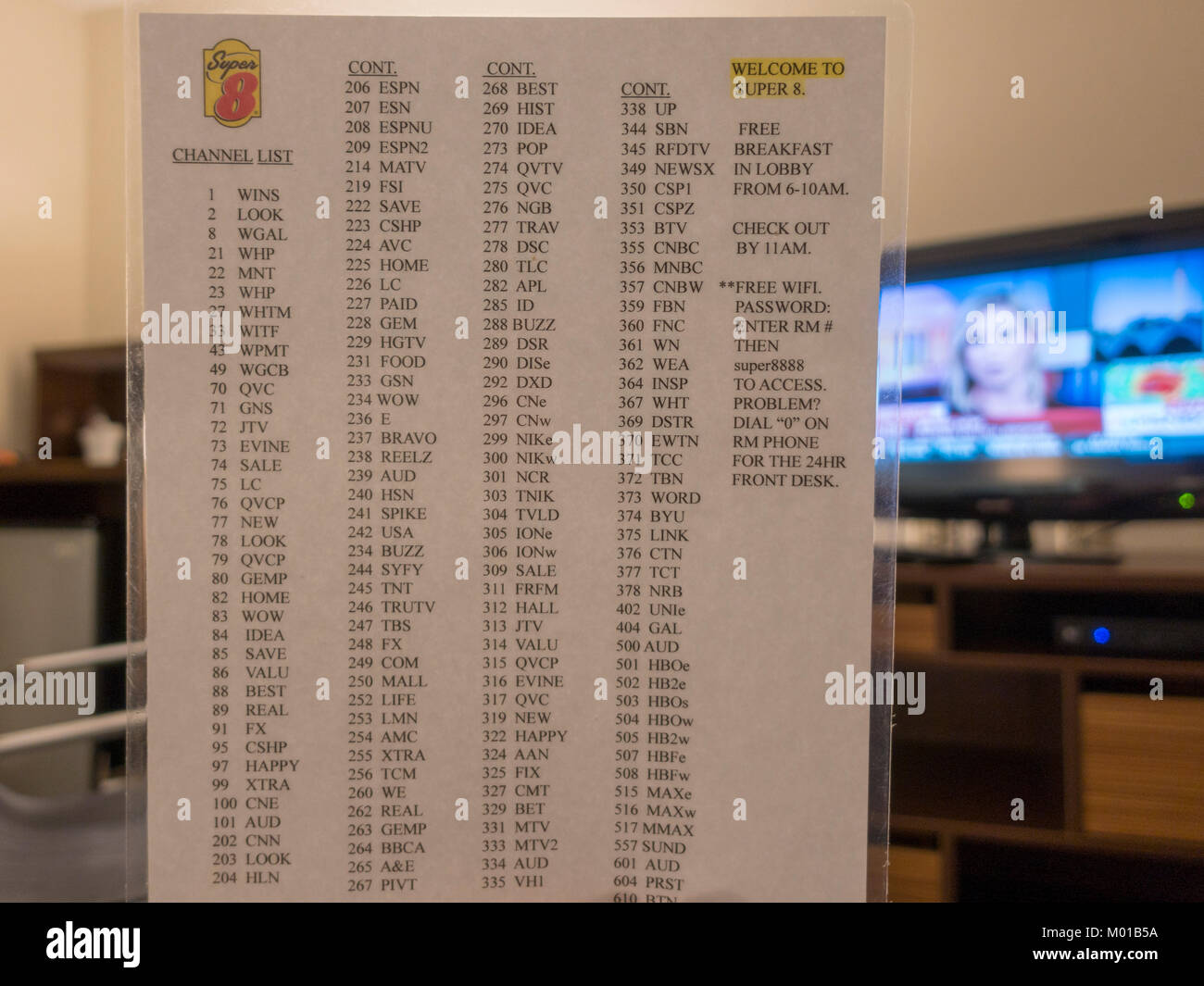The 2-Minute Rule for Apollo Group Tv
The 2-Minute Rule for Apollo Group Tv
Blog Article
Some Known Factual Statements About Apollo Group Tv
Table of ContentsApollo Group Tv - The FactsThe smart Trick of Apollo Group Tv That Nobody is Talking AboutNot known Details About Apollo Group Tv Excitement About Apollo Group Tv
In this situation, instead of having three-minute business spots during a 30-minute tv program, television programs might transform to one where a consumer will be called for to have a month-to-month membership, to make sure that they cen view targeted banner advertisements. This kind of advertising and marketing currently occurs online, and the quantity of data television companies gather permits them to do a lot the exact same.Explain the significant patterns amongst the broadcasting and wire networks. Popular radio reveals such as cops dramatization Dragnet and western cowboy series Gunsmoke were adjusted for television, and new Television programs were funded by single advertisers, simply as radio shows had actually been.
Today, the television sector is much more intricate. Programs are funded by numerous marketers; shows is managed by major media conglomerates; and the 3 significant networks no longer control the airwaves but rather share their audiences with countless cable networks. Numerous aspects make up these trends within the market, consisting of technological advancements, federal government laws, and the development of new networks.

The Ultimate Guide To Apollo Group Tv
Developed in 1969, (PBS) established out of a report by the Carnegie Compensation on Educational Television, which examined the duty of academic, noncommercial television on culture. Public tv was likewise planned to offer global access to tv for customers in rural areas or audiences that can not manage to pay for personal tv services.
The duration between 1950 and 1970 is traditionally identified as the. In addition to a little part of airtime managed by public tv, the 3 major networks (recognized as the Big Three) controlled the television sector, jointly making up more than 95 percent of prime-time watching. In 1986, Rupert Murdoch, the head of multinational company Information Corp, introduced the Fox network, testing the prominence of the Big Three.
Targeting young and minority audiences with shows such as Buffy the Vampire Slayer, Moesha, Dawson's Creek, and The Wayans Bros., the new networks wanted to attract stations away from their old network associations. Nevertheless, instead of repeating the success of Fox, UPN and WB battled to make an influence. Incapable to draw in several associate stations, both recently established networks reached fewer homes than their bigger competitors since they were unobtainable in some smaller cities.
This decision led the way for the advancement of cord movie channels, contributing to the rapid development of wire in the 1980s and 1990s. apollo tv. Additional deregulation of cable in the 1984 Cord Communications Policy Act got rid of restrictions on wire prices, making it possible for operators to bill what they wanted for cable services as long as there worked competitors to the solution (a criterion that over 90 percent of all wire markets might fulfill)
3 Simple Techniques For Apollo Group Tv

Having actually created the first "superstation," Turner expanded his world by starting 24-hour information network CNN in 1980. At the end of the year, 28 national programming services were readily available, and the cable television transformation had actually started. Over the following decade, the industry undertook a period of fast growth and popularity, and by 1994 audiences might pick from 94 standard and 20 costs cable solutions.
Figure 9 - https://www.callupcontact.com/b/businessprofile/Apollo_Group_TV/9317809.16 Boosted competitors from cable channels has actually triggered a constant decline in the networks' audience scores. Throughout the 1950s, the cost of generating a solitary television show boosted as programs ended up being longer and production expenses rose. Sponsorship on network television shifted from single sponsorship, in which a program was entirely sustained and created by one advertiser, to numerous sponsorship, in which marketers bought 1- or 2-minute areas on the show
Each reaction should be a minimum of one paragraph. Pick one of the Big 4 networks and print out its once a week shows timetable. Watch the network's prime-time programs over the program of a week, keeping in mind the target group for each program. Observe the marketing enrollers that support each program and contrast how the products and services fit with the designated target market.
The Buzz on Apollo Group Tv

Direct Television, often referred to as traditional broadcast Television, includes cable and satellite television., believe of it as the traditional way of seeing TV that has been around for years.
Report this page